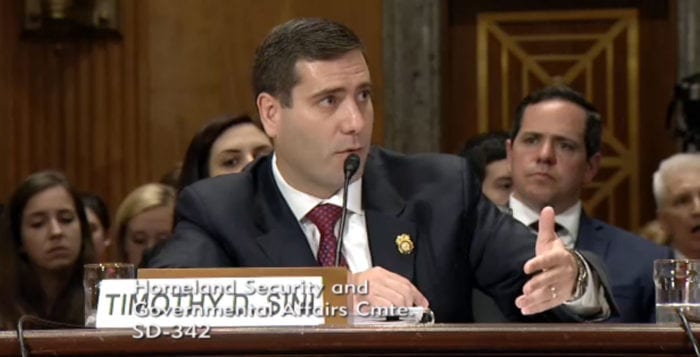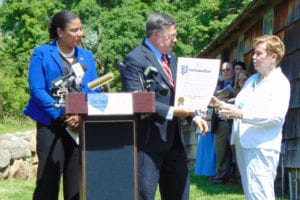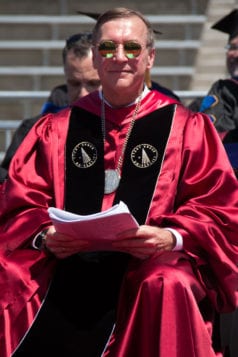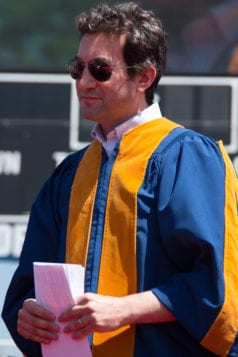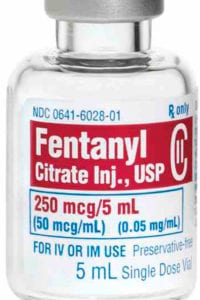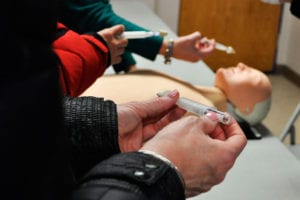By Alex Petroski
Suffolk County residents will play an important role in improving the health of their fellow Americans in 2017. The Centers for Disease Control and Prevention selected Suffolk as one of 15 counties nationwide to participate in its annual National Health and Nutrition Examination Survey, a data collection study that is used to draw conclusions about the health and diets of people in the United States.
The CDC is the nation’s health protection agency, conducting research in the hopes of preventing the spread of diseases and tracking their prevalence. The NHANES is a 55-year-old program that tracks health and diet trends in the U.S. by selecting counties based on demographics with the goal of accumulating a set of data representative of the entire population of the country.

This is the second time Suffolk was observed as part of the survey since the turn of the century, according to study manager Jacque DeMatteis. The CDC arrived April 29 at Stony Brook University’s Research and Development Park in three mobile trailers outfitted with dozens of pieces of medical equipment, researchers and physicians to begin assessments on the approximately 600 Suffolk residents selected.
“It’s important because right now we’ve got all of these miracles happening with cancer research and things like that, without information that people help us to provide — a lot of it comes from here — [researchers] don’t have anything to draw on,” DeMatteis said of the purpose of the yearly survey during a tour of the CDC mobile facility May 19.
Charles Rothwell, director of the National Center for Health Statistics, reiterated the importance of accumulating the data in a statement.
“The survey is a unique resource for health information, and without it we would lack important knowledge about major health conditions,” he said. “The comprehensive data collected by NHANES has a far-reaching and significant impact on everything from the quality of the air we breathe, to the vaccinations you get from your doctor, to the emergence of low-fat and ‘light’ foods on the shelves of your grocery store.”

The process for selecting participants within a county begins with about 1,500 addresses, and interviewers scour the area in the hopes of securing about 600 willing participants who also provide a representative sample of age ranges, genders, races and ethnicities and degrees of health. The selected participants who are willing to be examined then visit the mobile facility to be subjected to a variety of tests of blood pressure, diet, dental/oral health, vision and hearing, bone density, liver function and much more using high-tech scans not often available through traditional physicians.
DeMatteis made the case for selected participants making the trip to be studied despite some minor possible inconveniences.
“For the people who participate, they get their results back,” she said. “If anything abnormal comes up they’re contacted immediately. Our national health officer will contact them and we’ve had a couple of situations where it was kind of life-threatening situations and they were totally unaware of it.”
Participating adults also receive $125, reimbursement for travel expenses and the opportunity to receive credit for five hours of community service. Newborns and up are required for data collection, though specific scans and tests are not done uniformly across age groups.
“A lot of people do it for the exams, and in the past even more people had no means to get access to health care, so they came here because they’re going to get a whole lot of data about their health that they otherwise can’t afford to get,” DeMatteis said.
No medical procedures are offered at the site, though on occasion physicians are forced to recommend immediate treatment if anything concerning appears as a result of a test. Patients are also allowed to pick and choose which tests they’d like to participate in of the ones they qualify for. The CDC urges anyone selected to participate in the survey.














